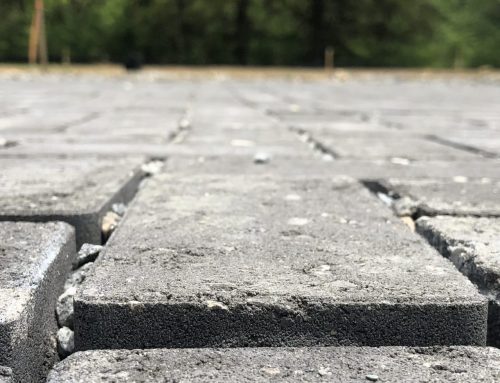By Lisa Fraley-McNeal, Center for Watershed Protection, Wednesday May 29, 2013
The new protocol recommendations for the Chesapeake Bay Watershed Modeling Team for redefining removal rates for individual stream restoration projects were accepted by the Water Quality Goal Implementation Team – the final step in the review process of urban BMPs. The recommendations are the result of work done by the Center for Watershed Protection and the Chesapeake Stormwater Network to include a better method to estimate sediment and nutrient load reductions associated with stream restoration projects. The revisions imply a much greater credit reduction rate than is currently approved. Localities can get credit toward meeting their TMDL objectives through stream restoration practices that:
- Prevent channel or bank erosion that would otherwise result in sediment being delivered downstream (prevented sediment approach),
- Include design features that promote denitrification during base flow (in-stream denitrification approach) and/or,
- Reconnect stream channels to their floodplains for a wide range of storm events (floodplain reconnection)
Bill Stack, Deputy Director of Programs at the Center for Watershed Protection and a co-lead on the expert panel, emphasizes the importance of the panel’s work. “The expert panel review process provides a mechanism for reviewing existing credits and considering emerging practices, many of which can reduce costs for local governments. The new stream restoration crediting process allows municipalities to use local site data and will result in much greater estimates of sediment and nutrient reduction credits than before.” Read the full report Contact: Lisa Fraley-McNeal 410-461-8323×207 lfm@cwp.org






